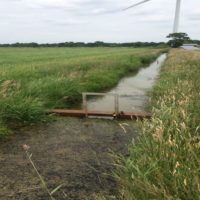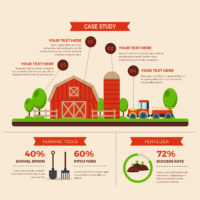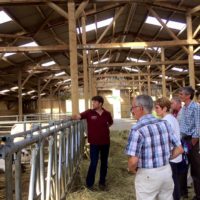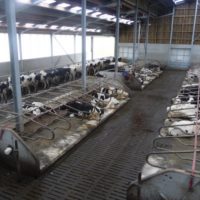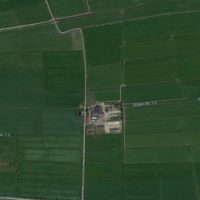Description
The objectives are clearly defined – to reduce greenhouse gas emissions from agricultural peat soils and to improve the economic situation of farms. In two model regions, representatives from agriculture, the Lower Saxony Chamber of Agriculture, Science and the State Office for Mining, Energy and Geology (LBEG) have been working on solutions for some time. As a result, sites with peat soils are irrigated by damming water ditches or by underfloor irrigation using drainage systems. Underground irrigation, a new method developed in the Netherlands, is used to channel water from ditches into the areas via drain pipes. All actors agree that adapted irrigation can reduce height losses and secure production sites. The water management is good for the image, helps to maintain the rural areas and to fight mice.
But the opportunities are countered by fears on the part of farmers. For grazing on irrigated moorland, lower water levels are necessary. In addition, they fear about high water, about higher building costs and that irrigation could become more complex and increase the nature conservation interest in the areas and thus restrict the cultivation possibilities of the areas. The terrain is uneven, which is why adaptions to harvesting technology need to be done.
While it is still too early for concrete solution options from the projects running until 2019 and 2020, respectively, underfloor irrigation is already emerging as a promising method of doing justice to agriculture and climate protection. The ongoing measurements of greenhouse gas emissions are also invaluable.
Abstract also available in:
Dutch | French | German | Italian | Polish | Swedish

